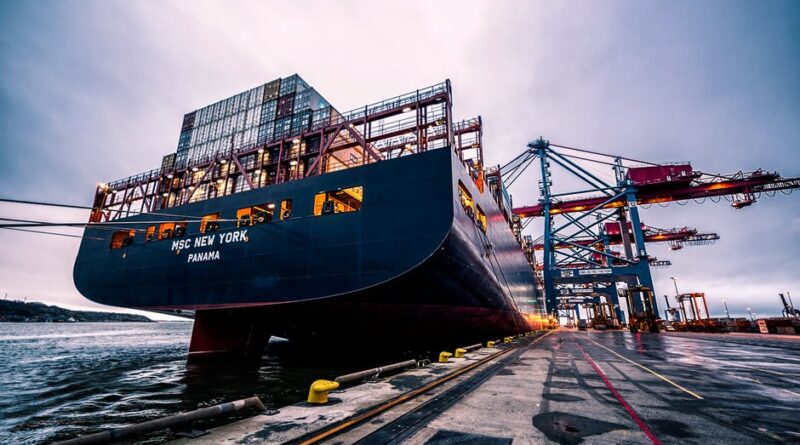2021 Trends That Are Going to Shake the Logistics Sector – ShoeMoney
2020 saw the world change drastically.
Technological innovation, unstable economies, the outbreak of Covid-19 and the shift to a socially-distanced society had a huge impact on supply chains. The logistics sector had to adapt, and quickly.
As we move into 2021, things are likely to continue developing and changing rapidly. Keep reading to find out what logistics trends to look out for this year.
Mobility and Flexibility
As we saw in 2020, there are things out of our control that have a huge impact on supply chains. The primary example was the outbreak of Covid-19. This global pandemic disrupted mobility and connectivity everywhere.
As the World Bank’s Vice President for Infrastructure outlined, mobility and flexibility were essential in the response to the pandemic. This meant that the logistics sector was able to adapt, and make the changes needed as quickly as possible to continue to operate. You can learn more about the World Bank’s view here.
This focus on mobility and flexibility is likely to continue into 2021 and beyond, allowing the logistics sector to remain robust, and adapt to any social or environmental changes.
The Last Mile
This concerns the movement of goods, most likely from a warehouse or distribution hub to the final delivery destination. This can be inefficient and costly, accounting for 50% or more of supply chain spend.
There is a need to resolve these inefficiencies in 2021, reducing delivery time and cost. Mobility is
This may be achieved through the introduction of electric or hybrid vehicles. Electric vehicles are increasingly popular; in 2019, more than 2 million were sold.
There is also the possibility of increased use of drones. This would prevent any delivery delay due to traffic congestion, and means that goods would be able to quickly and easily reach remote areas.
The Internet of Things (IoT)
The IoT has seen the development of physical devices that monitor and transfer data via the internet without human intervention. This means that almost everything can be connected, making every step of the supply chain more visible and transparent.
This means that people don’t have to take the time to enter this information. Instead, it is done automatically via the internet, meaning that employees in the logistics sector can focus their attention and energy on tasks that add greater value.
For example, deliveries can be tracked in live time. This means that, if tracking shows that the goods are stuck at a particular stage, someone can quickly intervene to resolve the problem.
Artificial Intelligence (AI)
AI (and machine learning) has become increasingly important in 2020 and our new socially-distanced society.
Self-driving AI can lead to delivery automation. Products and goods can be delivered by AI machines. This makes the process faster and more efficient, and means that human employees can work on other tasks.
AI-based forecasting solutions can speed up, simplify and plan supply-chain processes. AI may be able to notify employees when stock is due to run low. The necessary actions can then be taken to ensure the supply chain deliveries the goods needed.
AI-based cognitive automation technology can also complete administrative tasks. This automation will reduce the risk of human error, and means that employees can concentrate on other issues that need addressing.
Robotics
The use of robotics can increase the speed and accuracy of supply chain processes. Robots work alongside humans to increase efficiency and productivity. Robots will likely become more readily available and utilized during 2021.
For example, physical robots can pick and transport goods in warehouses and storage facilities. Meanwhile, software robots can perform repetitive and mundane tasks. This means that human employees can use their time and energy on other tasks, increasing overall productivity.
Logistics Trends for 2021
Changes from 2020, the reality of 2021, and the ongoing development of technology are all going to have a huge impact on the logistics trends this year.
The logistics sector must adapt to these changes and demands, to ensure continued business success.
